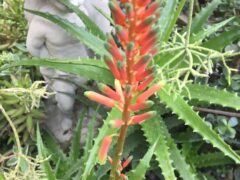
Aloe ‘Sunset’
Aloe cameronii
A medium-sized suckering Aloe with many upright stems of open rosettes up to 2 feet … Continued
Drought-tolerant and drought-resistant plants may still need supplemental water from time to time, but they can survive periods of dryness without dying.
Drought-resistant plants like cactus, hens and chicks, and sedums can go for very long periods without water and do not tolerate poorly drained locations. Drought-resistant tropical plants grown indoors in winter like cactus, Sansevieria, Echeveria, and other succulents sometimes fail due to overwatering.
Drought-tolerant plants grow in many textures and sizes and have different adaptations that help them get through periods of drought:
The latter two types of plants are drought tolerant once established because any new planting, regardless of drought tolerance, needs to be watered during the first growing season to allow roots to reach the depths needed to access moisture during dry periods.
It’s also important to note that survival may not mean that the plant will look its best during this time. Watering weekly for a longer period of time will result in the best-looking gardens with the highest tolerance for drought. During the hottest, dryest times in summer, watering deeply twice a week is recommended. These less frequent waterings will encourage root systems to expand, making it easier for plants to access moisture when their environment is dry.
Winter drought has become a bigger problem in recent years as snowfall declines. Evergreen plants are especially vulnerable during winter drought because their foliage continues to shed moisture while dormant deciduous plants have shed their leaves and can conserve moisture in woody stems and underground. Watering shrubs and trees in winter on days when the temperature allows (above freezing) will help ensure their healthy return in spring.
Here are some drought-tolerant and drought-resistant plants to grow—

Aloe cameronii
A medium-sized suckering Aloe with many upright stems of open rosettes up to 2 feet … Continued
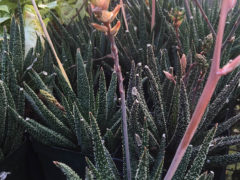
Aloe 'Twilight Zone'
Attractive, small clumping aloe grows to less than a foot tall. White spots on dark … Continued
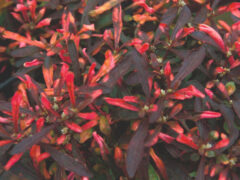
Alternanthera bettzickiana 'Ariba'
Structure plant with intense red colored leaves. Strongly branched, dense habit. Tolerant of heat and … Continued
Alternanthera hybrida 'Choco Chili'
Dark purple on top with bright ruby on the underside gives a multi-dimensional look to … Continued
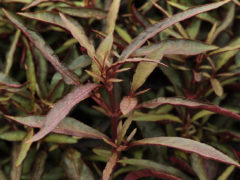
Alternanthera ficoidea 'Red Threads'
A slender-leaved annual selection that doesn’t wander, forming a textured carpet in shades of deep … Continued
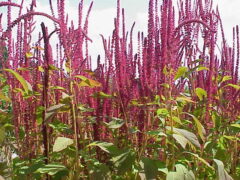
Amaranthus cruentus 'Oeschberg'
Purple-tinged foliage and eggplant plurple flower spikes make a striking back of border show. A … Continued
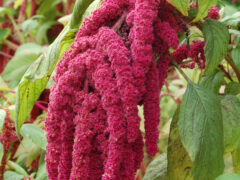
Amaranthus caudatus
A staple grain for Mayans, Aztecs, and the Incas, Victorian English gardens took up this … Continued
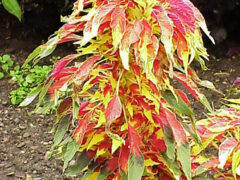
Amaranthus tricolor
Colorful, ornamental leaves are also edible, and may be eaten as a salad vegetable. In Africa, … Continued
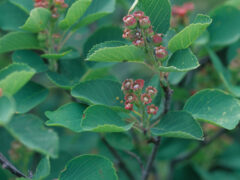
Amelanchier alnifolia 'Obelisk'
Round leaves change to reds and orange in fall. Ornamental berries provide food for songbirds. … Continued
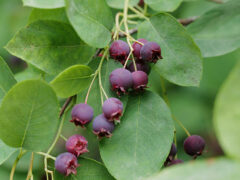
Amelanchier arborea
This four-season tree offers white flowers in spring, small red berries in summer, colorful fall … Continued
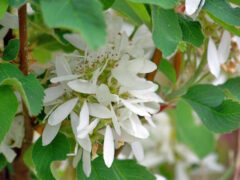
Amelanchier alnifolia
Prefers full sun and requires minimal attention. Blue-green foliage, delicate 2” flower clusters and brilliant … Continued
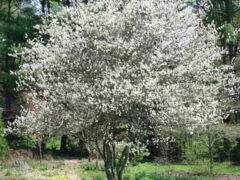
Amelanchier x grandiflora 'Autumn Brilliance'
Grown as a shrub or small tree for its brilliant orange-red fall color and disease … Continued